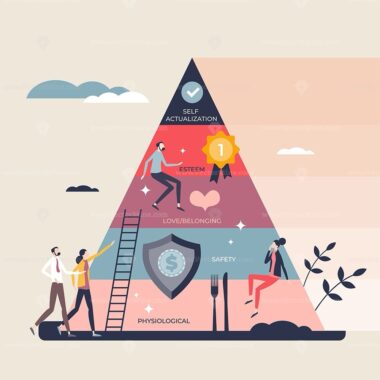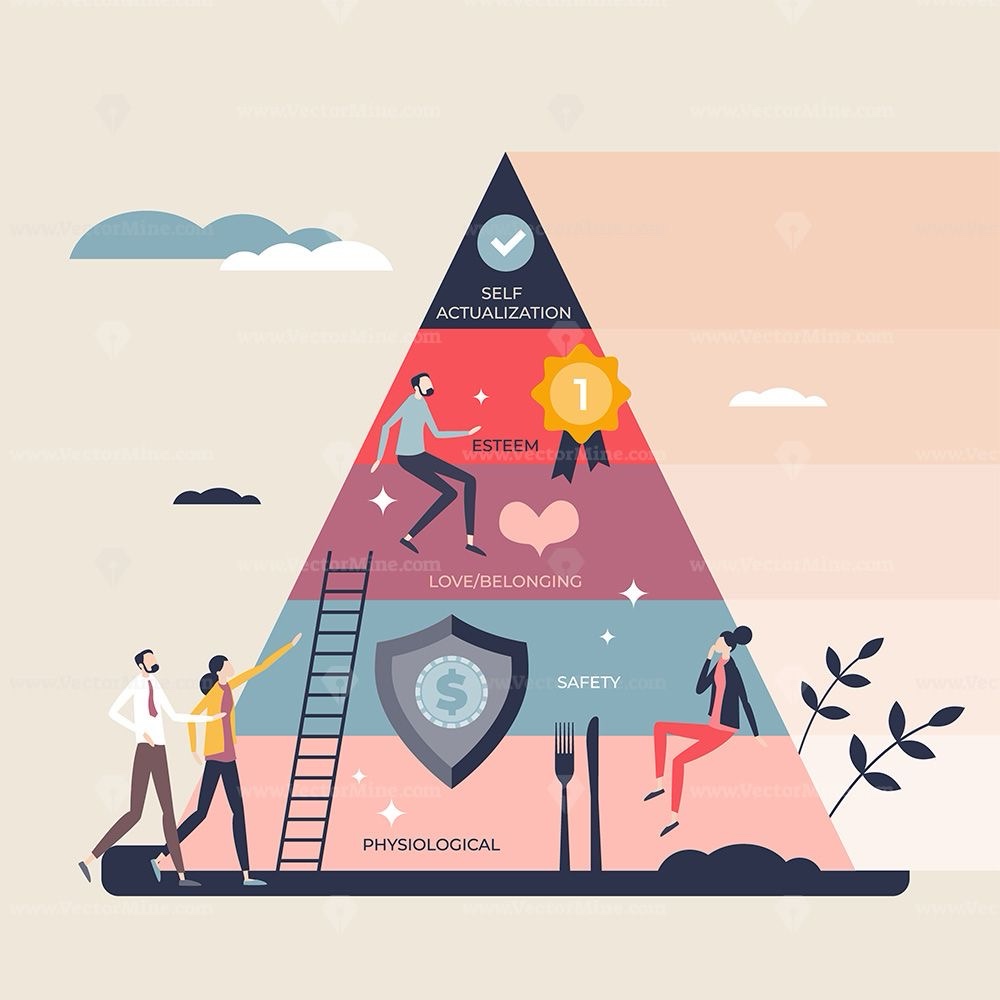Maslow’s Hierarchy of Needs, a psychological theory, isn’t just for individuals; it resonates profoundly in the realm of client satisfaction. Let’s decode how this pyramid of human needs translates into a framework for ensuring clients’ needs are not just met but exceeded.

1. Physiological Needs: The Foundation of Trust
Just as individuals need food and shelter, clients crave reliability and stability. Meeting project deadlines, providing accurate information, and ensuring seamless communication establish the groundwork for a trusting client-agency relationship.
2. Safety Needs: Building a Robust Foundation
Security extends beyond physical safety. Clients seek financial stability and the assurance that their investments in your services will yield returns. Offering transparent pricing structures, clear contracts, and a stable project management process fulfills this level of need.
3. Social Needs: Cultivating Partnerships
Humans crave social connections, and so do clients. Establishing a positive working relationship, fostering open communication, and demonstrating a genuine interest in their success create a sense of belonging. This leads to long-term partnerships and client loyalty.
4. Esteem Needs: Recognizing Achievements
Clients, like individuals, desire recognition and appreciation. Acknowledging their input, celebrating project milestones, and showcasing their success stories contribute to fulfilling esteem needs. It builds confidence and reinforces the value they receive from your services.
5. Self-Actualization: Nurturing Growth Together
At the pinnacle of Maslow’s pyramid lies self-actualization—the realization of one’s full potential. In a client-agency context, this translates to fostering continuous improvement and growth. Collaboratively exploring innovative solutions, refining strategies, and anticipating future needs align with clients’ aspirations for ongoing success.
Conclusion:
Applying Maslow’s Hierarchy of Needs to client relations is not just a psychological theory; it’s a practical guide to creating meaningful, enduring partnerships. By addressing these fundamental needs, agencies can elevate their client interactions from transactional to transformational, ensuring satisfaction and mutual growth.

















